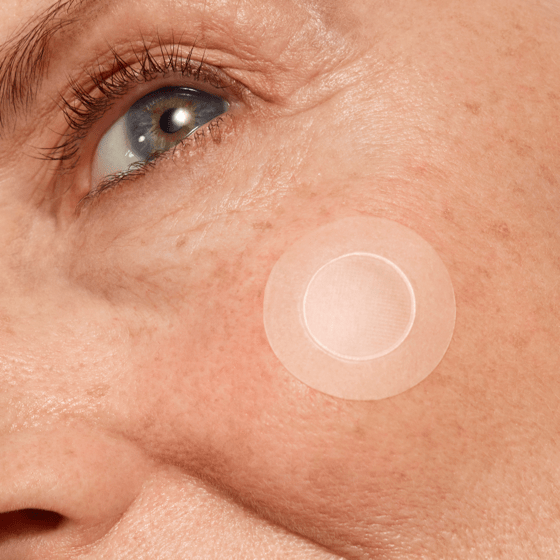Microneedling Demystified: Dermarollers vs. Microneedle Patches for Clear and Youthful Skin
Achieving clear and youthful skin is a common goal, especially with the prevalence of acne and the growing anti-aging market. In this quest, microneedling emerges as a scientifically backed solution. With research supporting its effectiveness in improving facial scars, fine lines, and overall skin texture, microneedling offers a promising path to perfect skin. This guide aims to unravel the mystery of microneedling, comparing dermarollers and microneedle patches to help you choose the best device for your skincare journey.
What is Microneedling?
Microneedling, or collagen induction therapy, involves using tiny needles to puncture the skin's outer layers, stimulating the body's natural collagen rejuvenation process. This minimally invasive cosmetic procedure is utilized to treat various skin conditions, including wrinkles, acne scars, and pigmentation. Microneedling can be performed at dermatologists' offices or at home using devices like dermarollers and patches.
Is Microneedling Safe?
At-home microneedling is generally safe, with shorter needles than those used by dermatologists to minimize the risk of damage. It's not recommended for active skin infections, pregnancy, or individuals on Accutane. Hygiene is crucial, emphasizing the need for clean devices. Microneedling is renowned for combating acne, with microneedle patches offering a quick and effective solution.
Dermarollers vs. Microneedle Patches: What's the Difference?
Dermarollers are small wands covered in needles, rolled over the face, while microneedle patches offer a more targeted approach. Patches contain dissolvable microneedles loaded with specific ingredients, addressing various skin concerns. Choosing between the two depends on individual preferences and specific skin needs.
How to Use Dermarollers:
- Thoroughly cleanse the skin.
- Apply numbing cream if needed.
- Select a suitable serum.
- Ensure the dermaroller is clean and roll lightly across the face for about two minutes.
- Reapply serum, avoiding harsh ingredients.
- Dermaroll once or twice a week, following device instructions.
How to Use Microneedle Patches:
- Cleanse and dry the skin.
- Carefully apply the patch, avoiding rubbing.
- Leave on for two hours or overnight.
- Peel off and discard after use.
- Use microneedle patches twice a week.
Dermarollers: Pros and Cons:
Pros:
- Reusable and widely available.
- Easy to use for large areas.
- Quick application (few minutes).
- Requires thorough cleaning.
- Preparation needed for suitable skincare products.
- Possible pain if rolled too firmly.
Microneedle Patches: Pros and Cons:
Pros:
- Gentle, painless, and dissolvable microneedles.
- Preloaded with specific ingredients.
- Overnight application for longer-lasting results.
- Single-use only.
- Less known than dermarollers.
Best for Acne: Dermarollers or Microneedle Patches?
While dermarollers are effective post-acne, microneedle patches are ideal during an active breakout. Patches can swiftly reduce acne in a couple of hours, making them suitable for quick relief.
Best for Wrinkles: Dermarollers or Microneedle Patches?
Both devices effectively combat wrinkles. Studies show microneedle patches' efficacy in reducing wrinkles and improving skin elasticity, especially around delicate areas close to the eyes.
Microneedling, through dermarollers or microneedle patches, offers an effective skincare solution. Picking the right device depends on individual preferences, target areas, and specific skin concerns. Whether you opt for the versatility of dermarollers or the convenience of microneedle patches, microneedling's transformative power awaits, promising a path to clearer and more youthful skin.



















